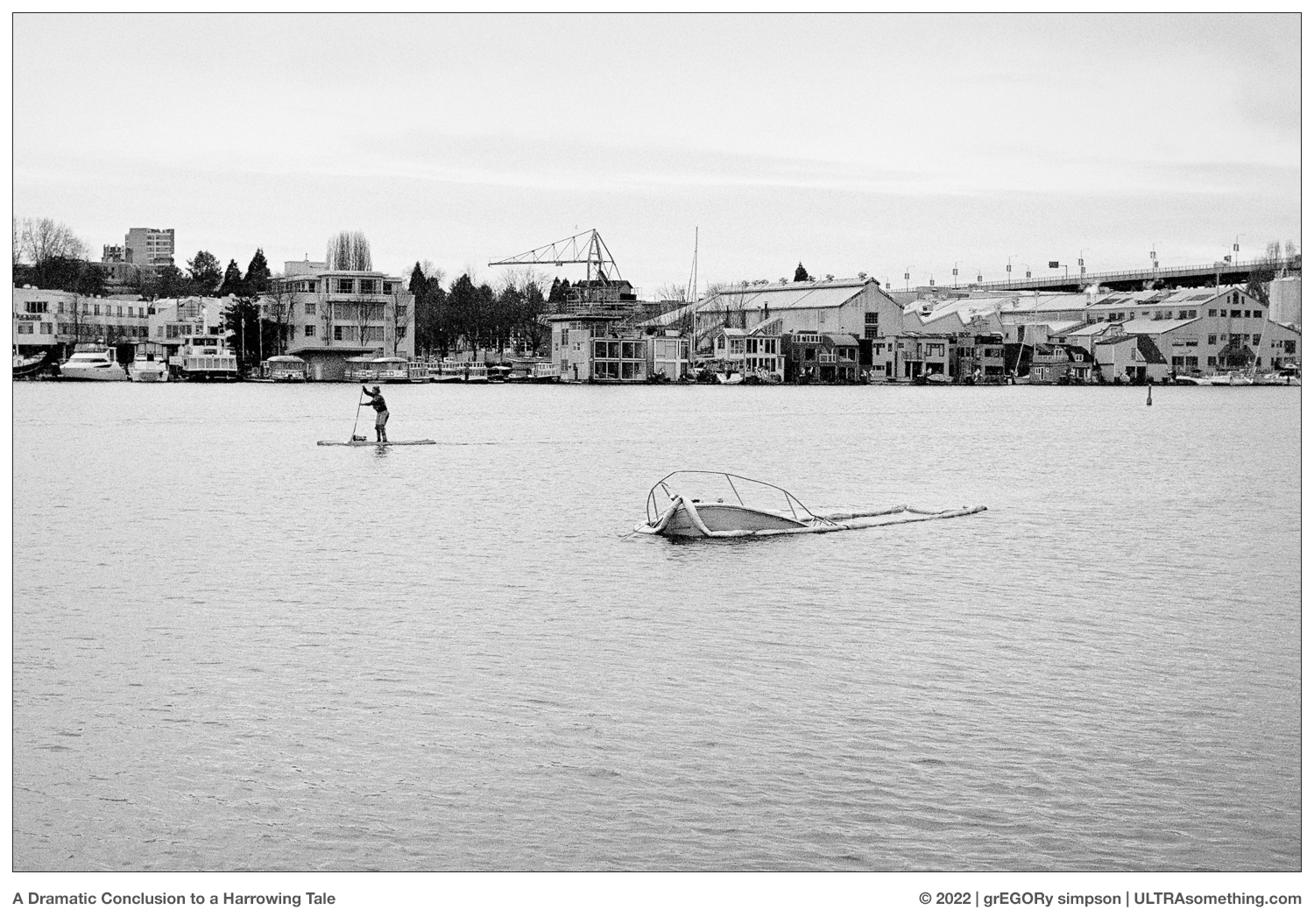
I consider myself to be a tolerant person. As long as someone’s willful actions don’t impinge upon the ability of others to enjoy their own willful actions, then have a good time! It’s this definition of “tolerance” that justifies my intolerance for recording artists who remix their music — whether it’s to match their current musical tastes, or to align with the “sound” of the day. A willfully remixed recording — particularly when it replaces all traces of the first recording — impinges on my ability to enjoy the music as it originally existed.
Take Kate Bush’s “Hounds of Love” — a true masterpiece. Or at least it was in 1985, when I first bought it and played it endlessly for the next several years. Every nuance of that album was absorbed and coded into my DNA. Like dozens of other recordings I adore, I could replay its entirety in my mind, without ever putting it on the stereo. It became a part of me.
But Kate has tweaked it on several occasions, with only the remastered 2018 version appearing on today’s streaming services. Every time I hear this release, I’m dispirited by the subtle alterations in its overall sonic signature; unsettled by its re-balanced instrumentation; and, in the case of “The Big Sky”, dismayed by an entirely different version than what appeared on the original album.
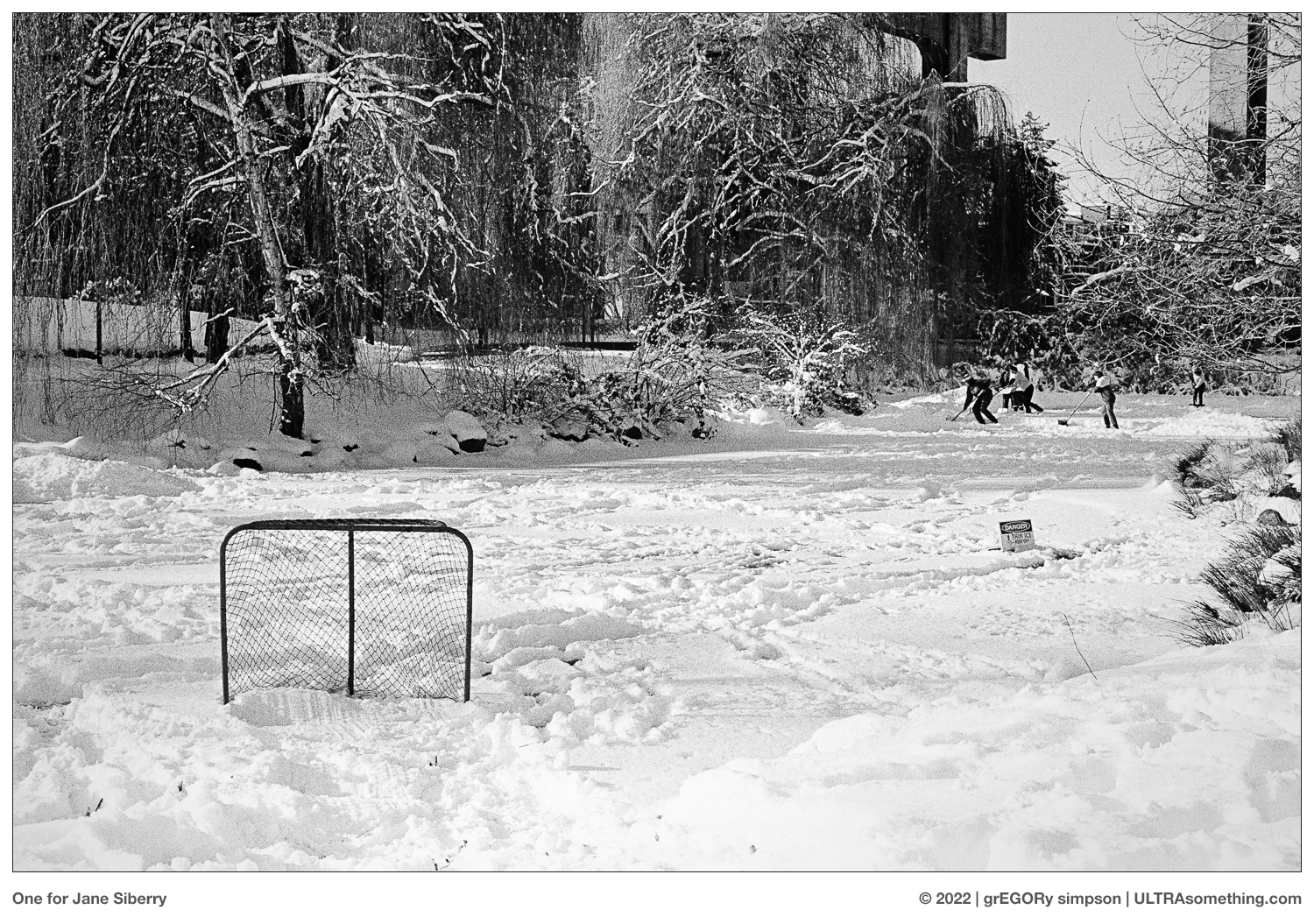
The thing is, as a musician myself, I get it. When you record a song, you’re aware of the myriad little things you wish were different — more midrange clarity; a tighter bass performance; a cleaner solo; a different drum balance. Any artist worth his or her ears is plagued by the differences between what they intended and what resulted. But here’s the thing: no one else is aware of this. Once you release a recording into the world, it becomes the world’s — it’s no longer yours. A song you wrote about loss may become the listener’s anthem for hope — it’s out of your hands. What’s published is past, so invent the future! If an artist is worried about their legacy, I believe it’s better to put one’s efforts into creating new work, and not into altering the old.
That’s why, 22 years ago — when I packed up all my belongings and immigrated to Canada — I actually discarded all the reel-to-reel multitrack recordings I’d ever made. The songs were mixed, mastered, and released… and I knew even then that I’d never go back and remix them. Destroying the multitrack masters simply guaranteed it. Besides, I had nowhere to store them, and no longer owned the multitrack reel-to-reel machine required to play them.
Given my objection to the revisionist tinkering of recording artists, one might logically conclude I’d feel the same about photographers and their prints.
Nope.
I have no issue whatsoever with a photographer reworking their previously published photos. While on the surface this might appear paradoxical, the very fact both opinions exist simultaneously means it’s not really a paradox. Rather, it suggests a flaw in the logic used to deem it ‘paradoxical.’ In this case, I suspect the flaw is to believe two entirely different artistic mediums have the same effect on the human psyche. In my case, they most assuredly do not.
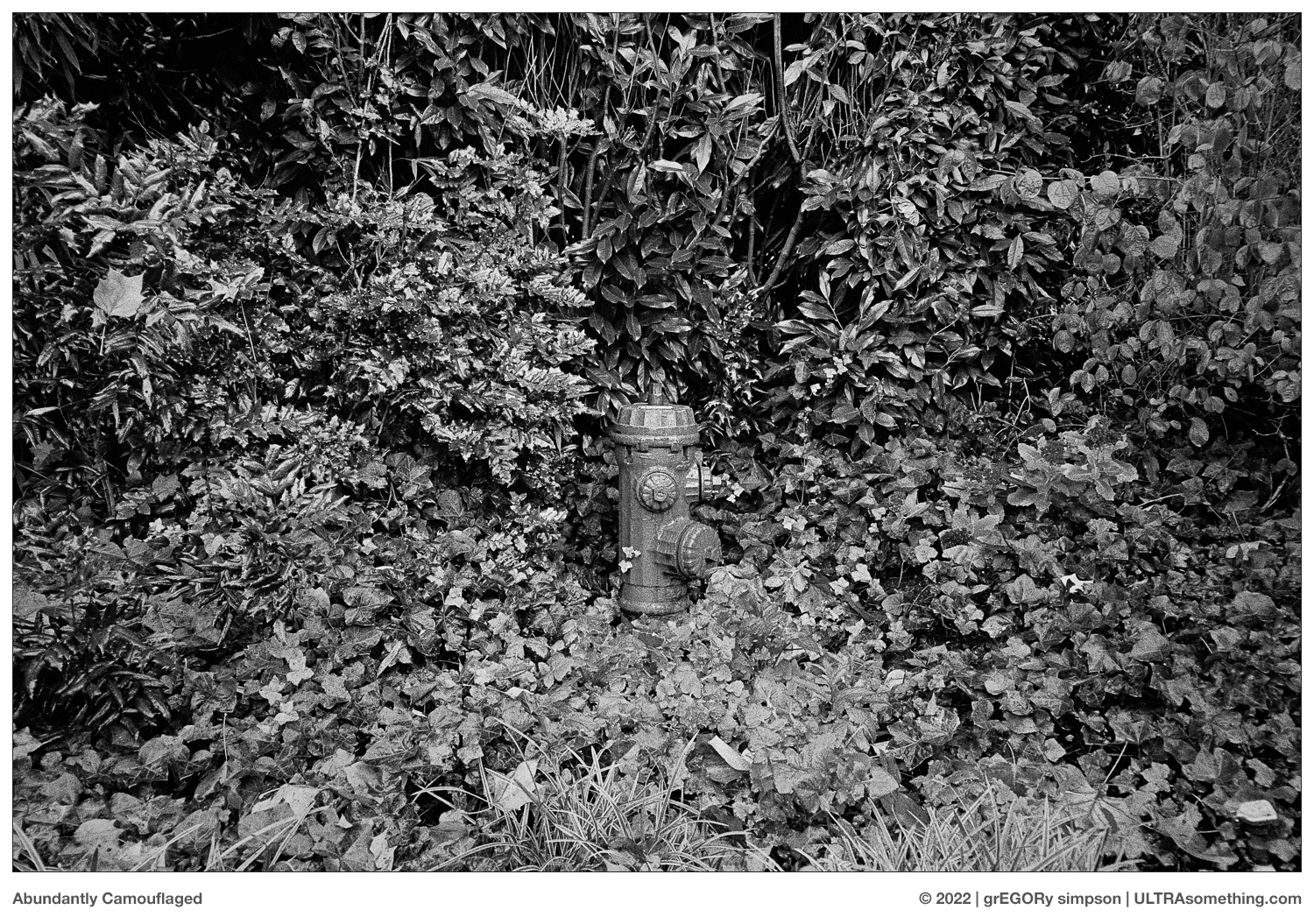
Although I love both music and photography, I absorb them quite differently. Music is more like meditation — it leads me through a complex web of neurocognitive reactions that have a profound effect on my emotional state. Even something as seemingly insignificant as a change in the relative volume between two instruments, results in a slightly modified harmonic series that can alter the synaptic connections formed by a particular recording.
Photography, however, is more Pavlovian. Its impact on my emotions is more immediate and less immersive. My connection with photography is a cause/effect relationship — I see a photo and it triggers a response. Even when I’ve viewed a photo long enough and often enough to be cognizant of every grain (or pixel), my experience is rarely altered when a photographer modifies the print.
Music guides me through an emotional experience, and I follow. Photography points me toward an emotional experience, which I then navigate on my own.
It’s why I can look at two editions of a Daido Moriyama book — each containing significantly different renderings of the same photographs — yet have an identical emotional response to both. In spite of being fully aware of how vastly different one version is from another, it doesn’t affect how I engage with the photos, or their effect on me.
Bill Brandt was another photographer who frequently reworked his prints. Though unlike Moriyama (who seemingly embraces serendipitous abstraction through duplication and publication constraints), Brandt’s reworkings were more consciously aesthetic. Basically, the older he got, the more contrast he wanted in his prints. You can pretty much date every Bill Brandt print by simply looking at how much (if any) grey it contains. Several of his prints had a major impact on me in my early photography days. Years later, when I was able to see alternate prints of these same photos, I felt no less connected to them, in spite of their radically different look. Sure, I might prefer one print to another, but my emotional response to the photo does not change.
So, once again, ULTRAsomething has devolved into another introspective boondoggle — and like most introspective boondoggles, this one began with a very simple question: “What would I do if I suffered a retinal detachment that permanently affected my ability to take photographs?” My knee-jerk reply to this hypothetical question was, “I’ll just go back and re-edit the hundreds of old photos I’ve already published — photos that I now wish I’d processed differently.” Obviously, like many knee-jerk replies, this one was highly illogical. If I can’t see well enough to take photographs, I certainly won’t be able to see well enough to edit them.
But my hypothetical answer, senseless as it was, caused me to explore why I had no qualms about “remixing” old photos, when I’m all qualms-a-go-go about remixing old music. And having done the mental dirty work, I now know — should I secure a lucrative book deal or a major gallery show — that I’ll happily reprocess any of my old images to better fit the display medium. Sure, believing such a thing is possible is every bit as illogical as thinking blindness would the the ideal condition under which to edit photographs. Which is why, while I wait for that call from Steidl or the Tokyo Photographic Art Museum, I’ll continue to look toward the future — snapping new photos and adding to my photographic legacy — whatever the world eventually deems that to be.
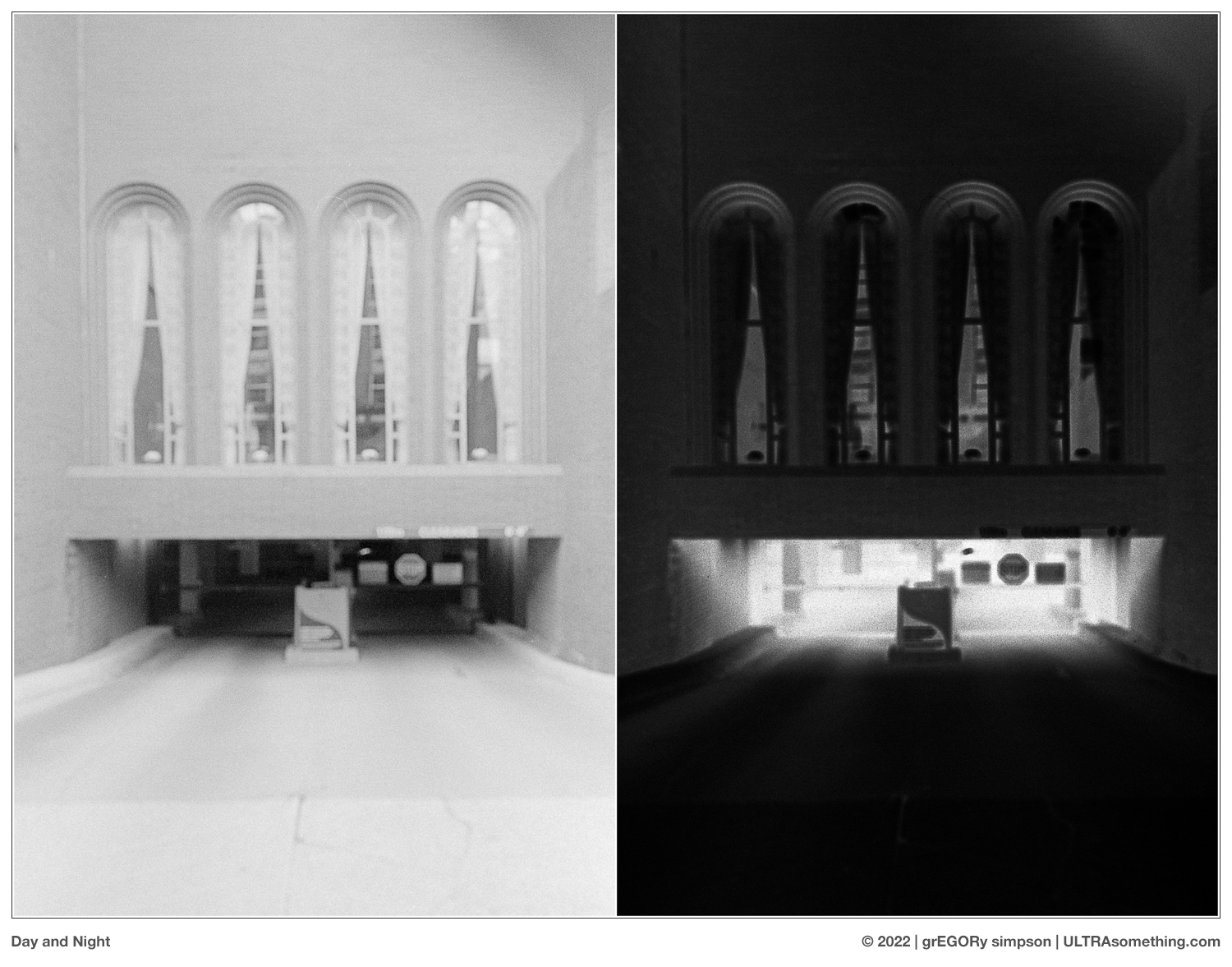
©2022 grEGORy simpson
ABOUT THE PHOTOS: In spite of what the article might imply, all the included photos are fresh new dreck, and not reprocessed versions of previously published dreck.
“A Dramatic Conclusion to a Harrowing Tale” was shot on Fomapan 100, using a Japanese market Leitz Minolta CL with a 40mm f/2 Rokkor lens.
If one mistakes this article’s subject to be “wonderful albums by female artists in the 1980’s,” then “One for Jane Siberry” would be the lead photo. For me, it invokes a similar mood as her song “Hockey,” from 1989’s ‘Bound by the Beauty.’ It was shot on Tri-X using a Contax G1 and a Zeiss 45mm f/2 Planar lens.
“Abundantly Camouflaged” was shot on HP5+, using a Minolta TC-1, while “Impertinence” employed the previously seen Leitz Minolta CL — but this time filled with Tri-X and fronted with a 28mm f/2.8 Rokkor lens. “Day and Night” was also shot on Tri-X, this time inside a dubiously focussed Contax G1, now fronted with a Zeiss 28mm f/2.8 Biogon. It is, in essence, a self contained re-mix. But then, isn’t every positive struck from a negative a ‘remix’ of sorts?
All films stocks were shot at box speed and, as is nearly always the case, developed in a 1:50 solution of Blazinal.
REMINDER: If you’ve managed to extract a modicum of enjoyment from the plethora of material contained on this site, please consider making a DONATION to its continuing evolution. As you’ve likely realized, ULTRAsomething is not an aggregator site. Serious time and effort go into developing the original content contained within these virtual walls — even the silly stuff.




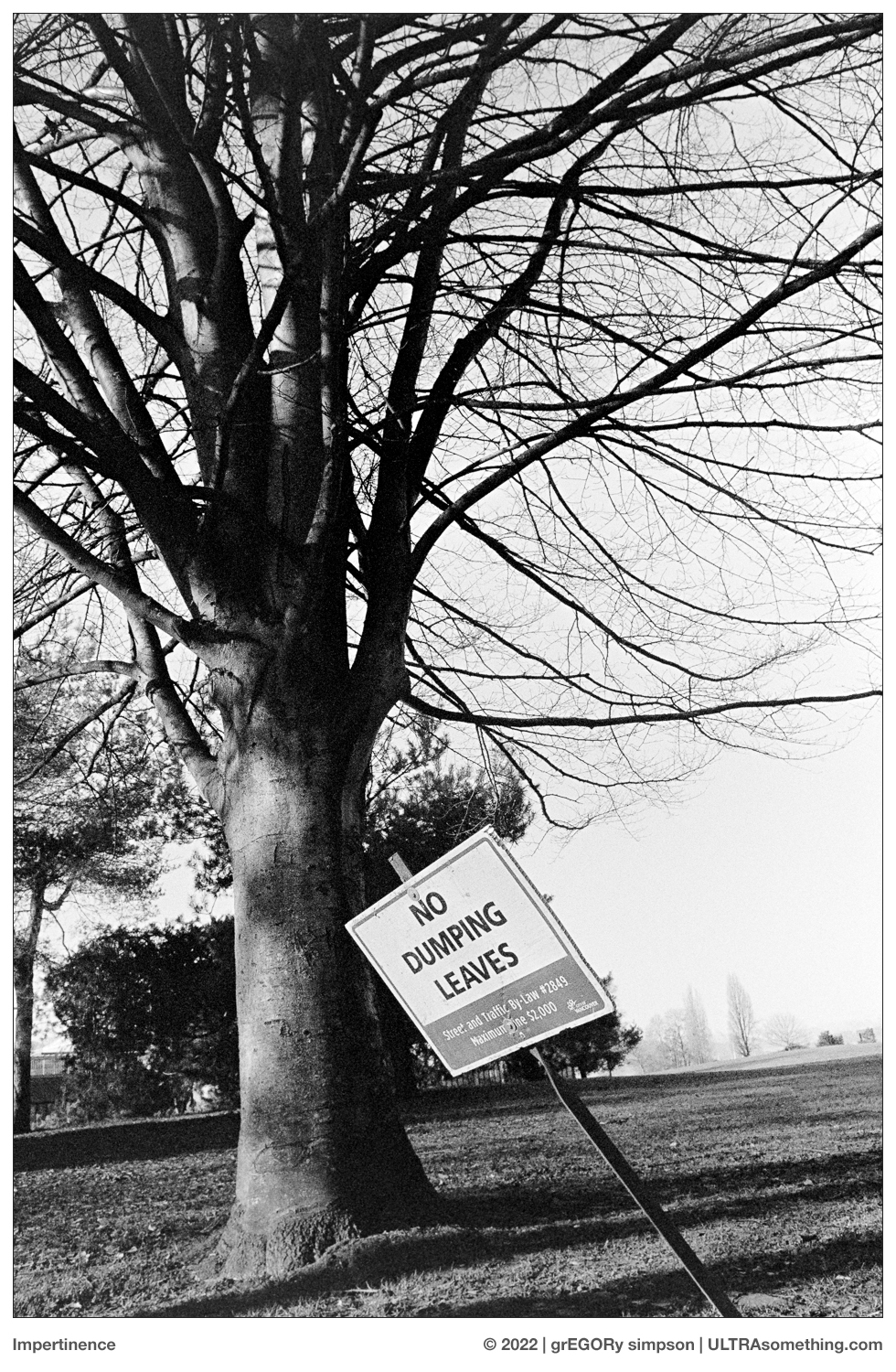
Jon Hassell’s final two recordings were “recomposed” from concert recordings, most of those improvised, then reformed into entirely new pieces. They are wonderful, dense, and compelling.
I don’t see why something like that cannot be done with photography, too.
And being somewhat sensorily impaired doesn’t preclude one from making interesting art, whether sonically of visually. It’s just a new way of seeing, or hearing, or…
Once again, love the photos, happy to see they are film shots, and hope you are well!
Thanks, Hank. Both eye surgeries seemed to go well, and I’ve just started photographing again — so it looks like the photographic community isn’t done with me yet. And I will state that “recomposing” is definitely something I can get behind. Live albums, too… not that anyone does those any more.
This essay is very thought provoking and for what it is worth here are a few of my thoughts. Every work of art is a product of the time in which it was created and reflects who the artist was when it was created. Hopefully as artists we evolve as life and events continually change as time passes. To go back in time to rework an image or a piece of music creates a new piece of art and erases our past. As artists we are all free to do as we wish with our images but perhaps letting an original image exist along with the reworked vision would represent a fuller expression of the artists’ life.
Each of us has unique abilities that are not equal. Just as some people can run faster than others, some people can hear nuances in music that others are completely unaware of and some people have a certain visual acuity others lack. These individual differences may explain the author’s different reactions to reworked music and reworked images.
Like most ULTRAsomething essays, the proclamations in this one skew heavily toward the ridiculous. That said, there is the tiniest nugget of truth wrapped in the chocolatey absurdity. Obviously, I have no issue with any artist doing anything they want with their art… but (as you suggested) it’s nice if the older pre-re-mix version remains available. In the case of physically-distributed music (CD, vinyl, cassette), it’s always possible to find the older versions. I do worry a bit about music that’s released only on the internet — that’s a situation in which an artist now has the ability to completely eliminate access to the old recordings, which I think is a shame.
Agreed. It’s like giving one’s child plastic surgery.
I hadn’t thought to look at it that way… but yeah… you’re right!